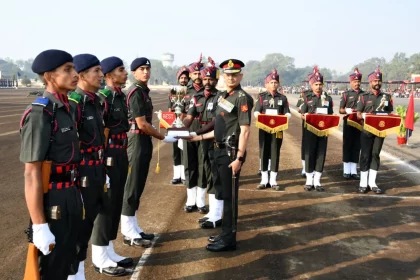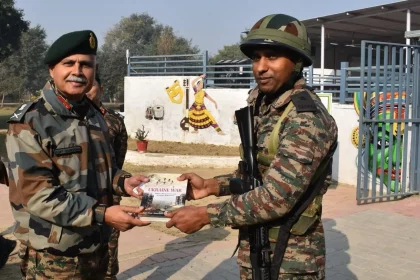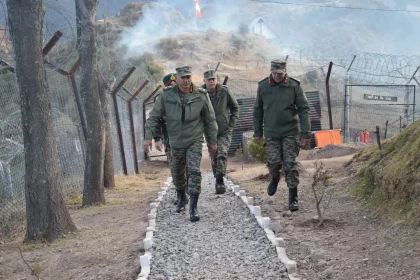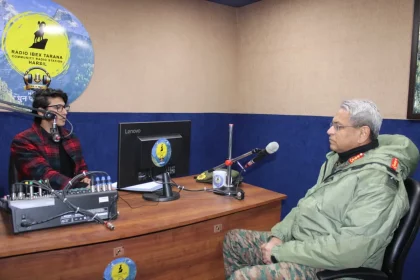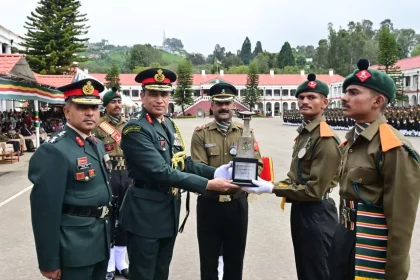1,343 Agniveers Pass Out from Artillery Centre Nasik, Marking Completion of Rigorous Training
Ceremony honours 1,343 newly trained soldiers and celebrates the pride of their families.
Field Marshal Asim Munir Appointed Pakistan’s First Chief of Defence Forces Under New Constitutional Framework
Pakistan Restructures Military Leadership as Field Marshal Munir Takes Charge as First CDF.
Lt Gen Ajay Chandpuria Reviews Operational Readiness of Vajra Corps, Urges Troops to Harness Cutting-Edge Technologies
Lt Gen Chandpuria Calls for Enhanced Synergy and Tech-Driven Preparedness.
Lt Gen Pratik Sharma Reviews Operational Preparedness in Poonch, Praises Troops for Vigilance and Professionalism
Lt Gen Sharma Assesses Security Readiness in Poonch, Lauds Troops for Professional Excellence.
Lt Gen Anindya Sengupta Visits Newly Inaugurated Community Radio Station in Harsil, Lauds Army’s Efforts to Empower Remote Communities
Lt Gen Sengupta Reviews Community Outreach Efforts at Radio IBEX Tarana 88.4 FM in Harsil.
695 Agniveers Attested into Madras Regiment in a Passing Out Parade at Wellington
695 Agniveers Join the Madras Regiment After a Spectacular Passing Out Parade in Wellington.

